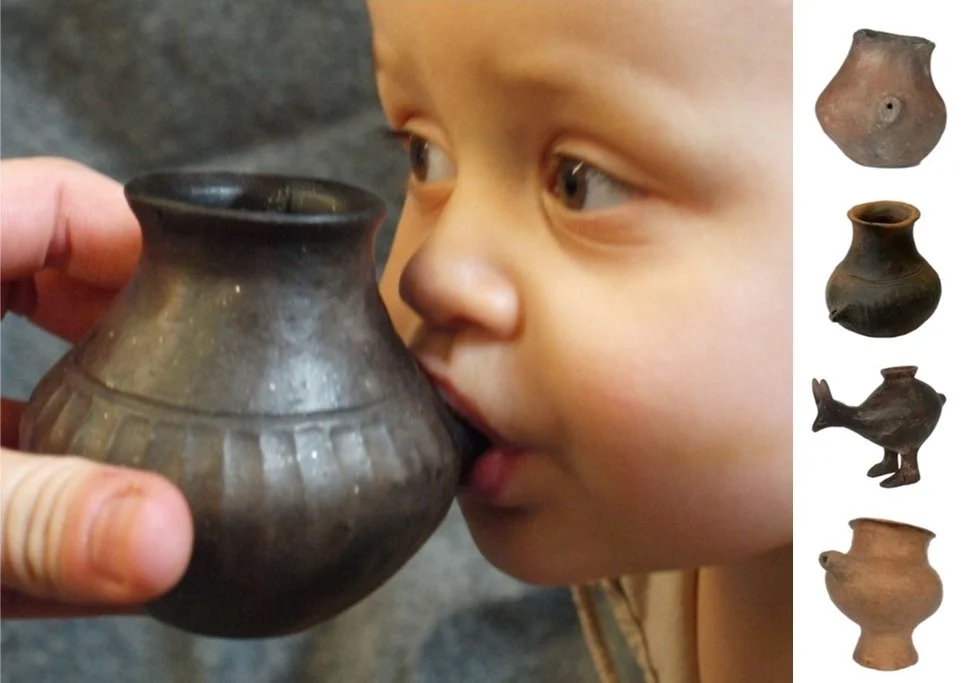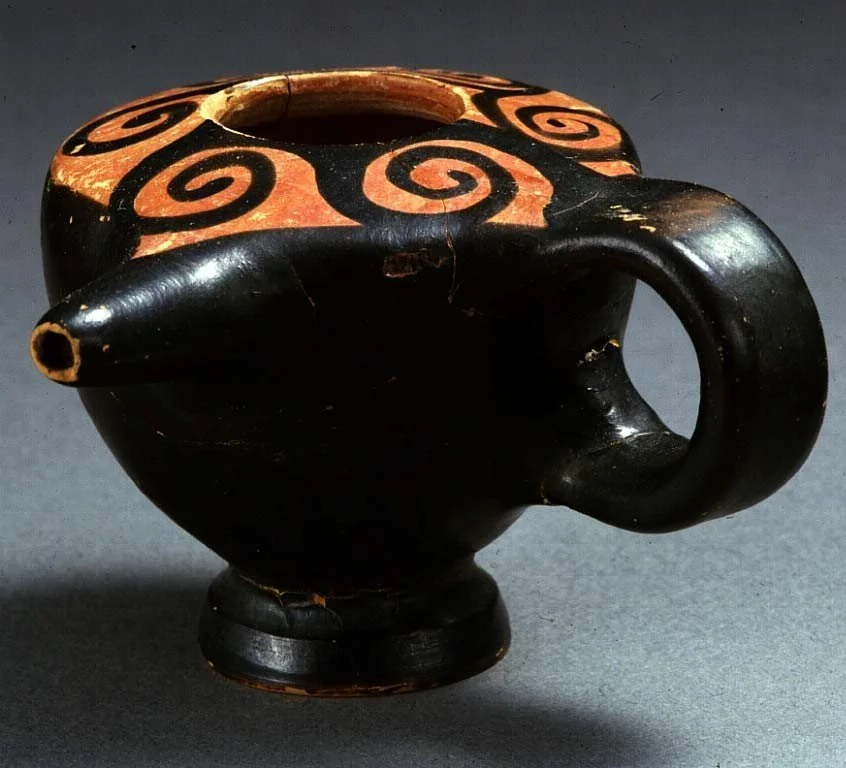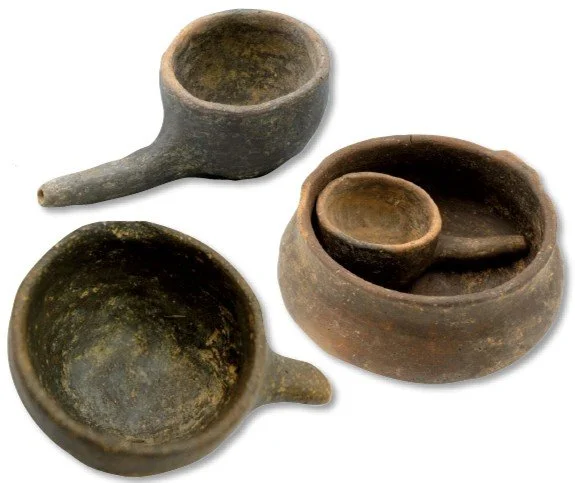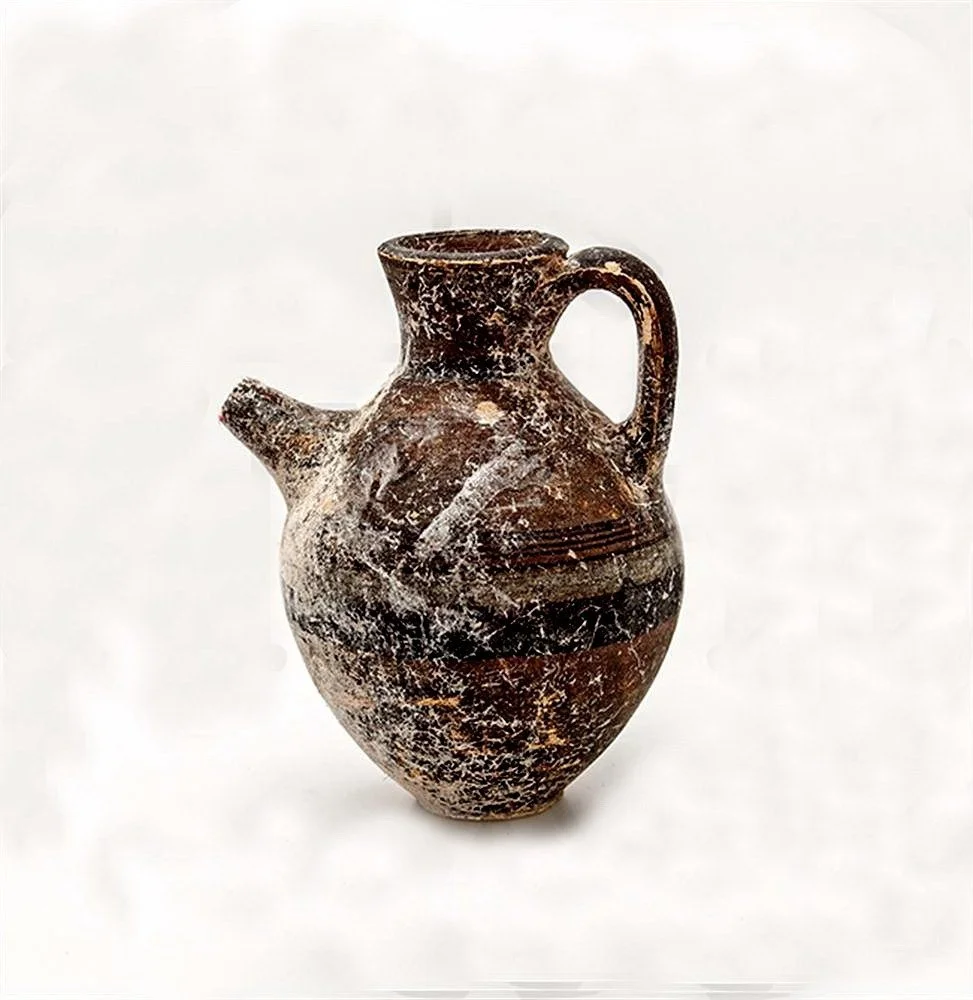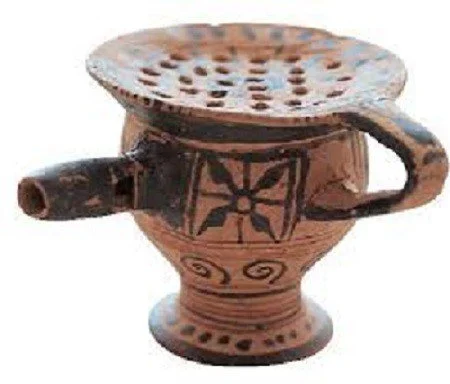From King Ashurbanipal's great, lost library to the toxic tomb guarded by Shaanxi's terracotta warriors, here are the most amazing accidental archaeological discoveries of all time.
Rich soil always appreciates good care so that it can provide the farmer with miraculous natural gifts. However, James Bristle, a Michigan farmer, discovered something more exciting in the ground. He had a soybean field, and one day he noticed something sticking out of the ground that appeared to be an old decayed fence post at first glance.
However, the discovery was far more amazing. When James used an excavator to dig deeper, he discovered a well-preserved skull. These were the remains of a wooly mammoth that lived on Earth around 15,000 years ago.
When the multiton giant died, it was about 40 years old. Archaeologists discovered the majority of the animal's skeleton, including an almost intact skull with tusks, but not its limbs. Apparently, some hunters separated the limbs and stored the mammoth's body. It is worth noting that James used his right to keep some of the mammoth remains and donated the majority of the bones and skull to a local museum.

